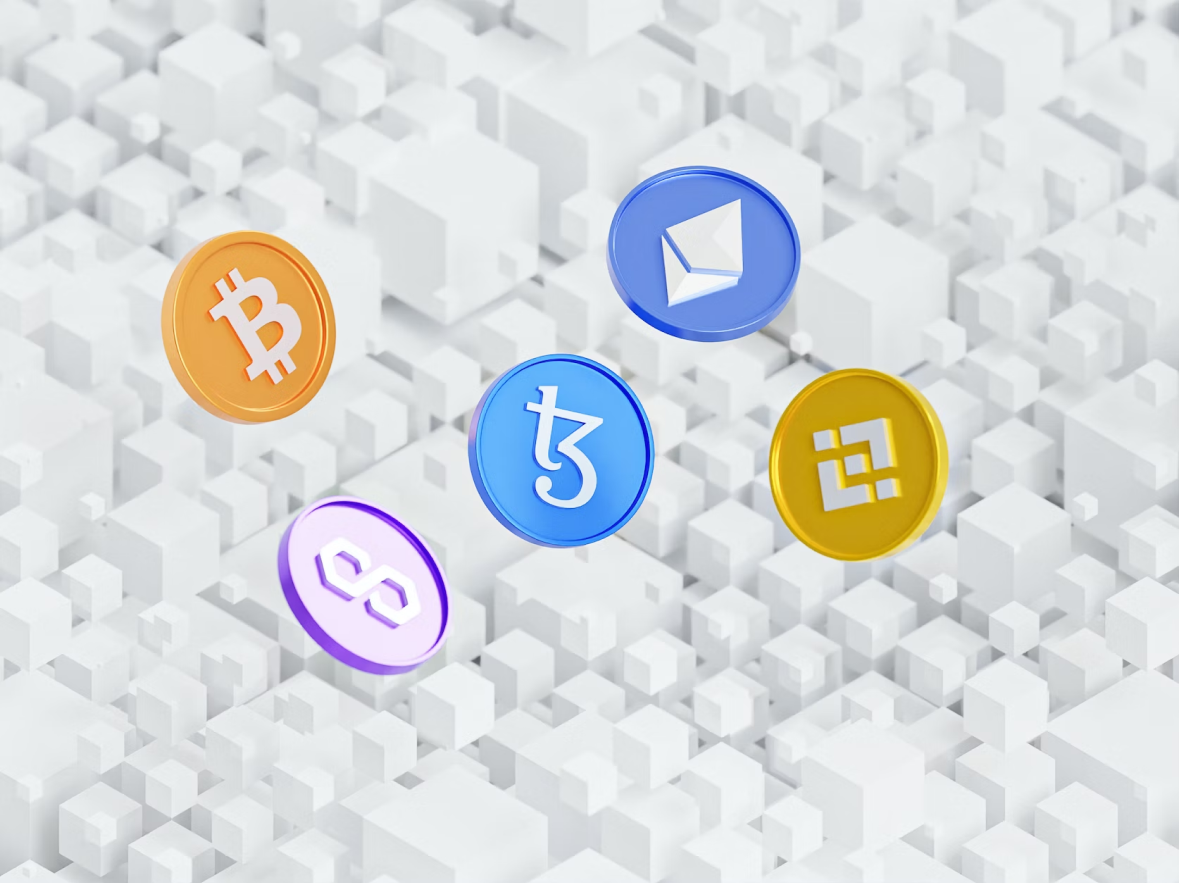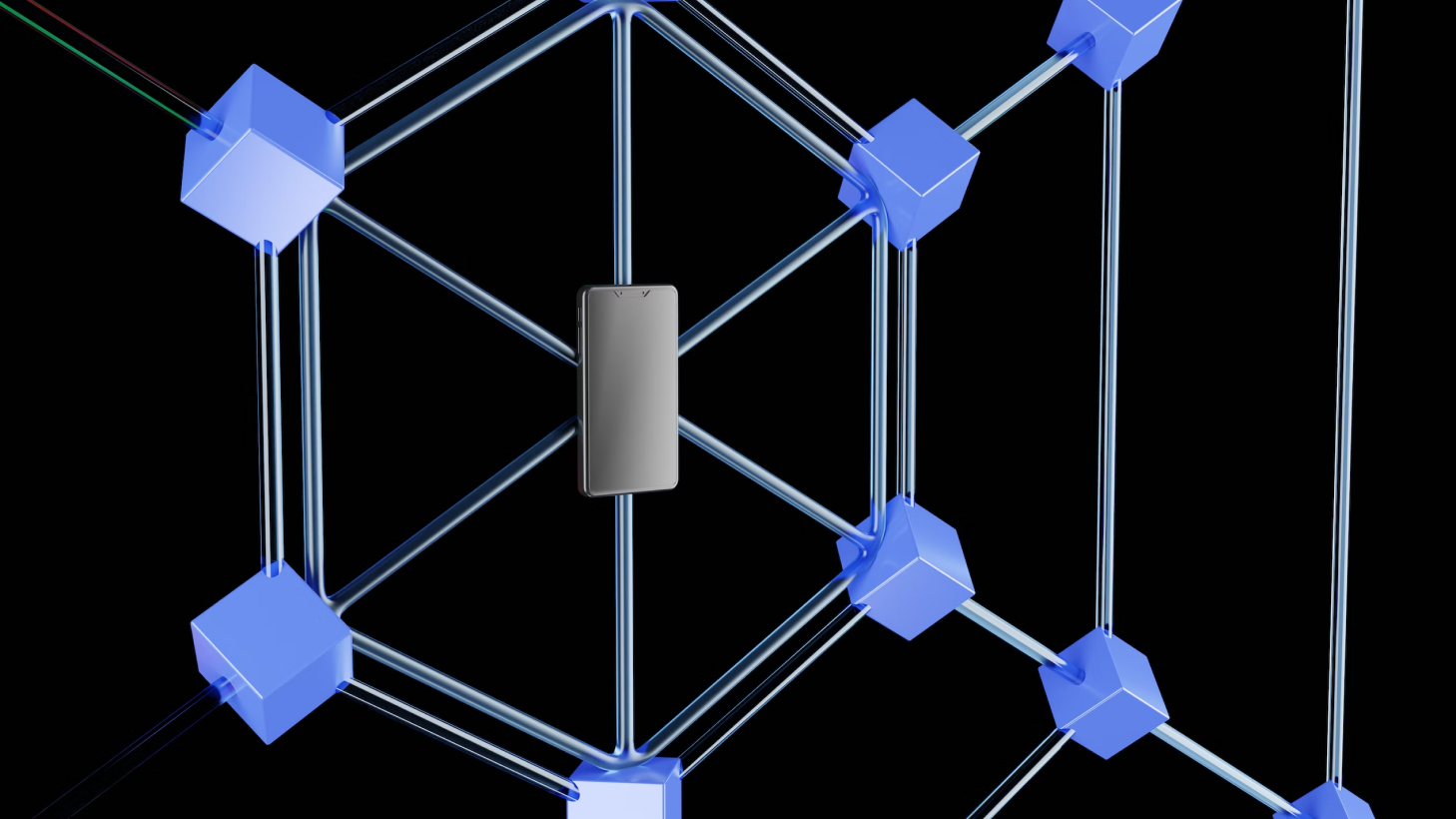Ethereum apps generated over 5X the revenues of the main chain for Q1, 2025

Ethereum (ETH) is not dead, at least when it comes to on-chain economic activity. Apps on Ethereum produced over $1B in fees for the first quarter of 2025.
Ethereum (ETH) still carries a robust ecosystem of apps. In the first quarter of 2025, the apps produced $1.01B in fees, in line with the results of 2024. Ethereum apps produced over $2B in fees during the 2021 market peak, and around $500M during the bear market of 2022-2023.

The Q1 levels of activity and fees generation matched previous periods, despite ETH trading at a lower range. ETH stabilized at $1,548.73, after recently breaking above $1,600. The chain is closely watched for signs of liveliness and recovery, as market fears see ETH dipping under $1,000.
The recent data by Token Terminal suggests Ethereum is not a dead chain, and its apps retain a baseline level of activity. However, not all apps require on-chain transactions, and some try to avoid using the main network. High fees are also due to the nature of the apps, with DEX swaps taking the biggest cut. On Ethereum, Uniswap versions are the leading distributed apps by daily users, followed by aggregators like 1inch and CowSwap. The Banana Gun trading bot is also highly active, though Ethereum sees much lower bot activity compared to Solana.
High-fee apps have been a trend on multiple chains, including Solana (SOL). The biggest problem is that those apps retain the fees mostly for their creators, often removing value from the ecosystem. Some of the apps require payments in ETH, which would then need to be liquidated or swapped to stablecoins.
Ethereum remains the key platform for DEX ecosystem
As a result of off-chain computation or L2 scaling, Ethereum’s L1 produces much lower fees. For the first quarter of 2025, the entire L1 network produced$176M in fees, getting just ahead of the Aave (AAVE) protocol.
Ethereum fees returned to $1.4M per day after falling as low as $100,000. Based on fee generation, the chain comes in third place, after Solana and TRON. Block producers and validators still rely on ETH block rewards, with much smaller inflows from transaction fees.
The Ethereum chain carries around 400K active daily addresses on average, close to the baseline level for the past few years. Unlike other networks with accessible on-chain activities, Ethereum is a whale’s network, capable of carrying higher liquidity requests.
Despite the relatively low traffic, DeFi apps on Ethereum generate significant fees due to the activity of whales and frequent traders. Ethereum retains 46.9% of all EVM-compatible trading volume, thanks to highly liquid DEX pairs. Ethereum DEXs are widely used to swap to and from WETH, as well as shift between various types of stablecoins.
The Uniswap V4 router became one of the top use cases and gas burners. Additionally, the Tether smart contract is still one of the biggest gas burners and fee generators.
Ethereum has lost some of its small-scale retail users, which previously rushed in to buy NFTs and meme tokens. Gas payments in March reached record low levels, as general transactions fell to $0.02, while swaps cost $0.31. Those gas fees are still much higher compared to Solana, BNB Smart Chain, or Arbitrum expenses for gas.
The chain remains inflationary, producing over 16K ETH in a week, for 0.70% in total annualized inflation. While apps manage to grow their volumes and attract whales, they are only burning a small amount of ETH daily, retaining the rest of their rewards for treasuries or for selling.
Cryptopolitan Academy: Tired of market swings? Learn how DeFi can help you build steady passive income. Register Now
Ethereum apps generated over 5X the revenues of the main chain for Q1, 2025

Ethereum (ETH) is not dead, at least when it comes to on-chain economic activity. Apps on Ethereum produced over $1B in fees for the first quarter of 2025.
Ethereum (ETH) still carries a robust ecosystem of apps. In the first quarter of 2025, the apps produced $1.01B in fees, in line with the results of 2024. Ethereum apps produced over $2B in fees during the 2021 market peak, and around $500M during the bear market of 2022-2023.

The Q1 levels of activity and fees generation matched previous periods, despite ETH trading at a lower range. ETH stabilized at $1,548.73, after recently breaking above $1,600. The chain is closely watched for signs of liveliness and recovery, as market fears see ETH dipping under $1,000.
The recent data by Token Terminal suggests Ethereum is not a dead chain, and its apps retain a baseline level of activity. However, not all apps require on-chain transactions, and some try to avoid using the main network. High fees are also due to the nature of the apps, with DEX swaps taking the biggest cut. On Ethereum, Uniswap versions are the leading distributed apps by daily users, followed by aggregators like 1inch and CowSwap. The Banana Gun trading bot is also highly active, though Ethereum sees much lower bot activity compared to Solana.
High-fee apps have been a trend on multiple chains, including Solana (SOL). The biggest problem is that those apps retain the fees mostly for their creators, often removing value from the ecosystem. Some of the apps require payments in ETH, which would then need to be liquidated or swapped to stablecoins.
Ethereum remains the key platform for DEX ecosystem
As a result of off-chain computation or L2 scaling, Ethereum’s L1 produces much lower fees. For the first quarter of 2025, the entire L1 network produced$176M in fees, getting just ahead of the Aave (AAVE) protocol.
Ethereum fees returned to $1.4M per day after falling as low as $100,000. Based on fee generation, the chain comes in third place, after Solana and TRON. Block producers and validators still rely on ETH block rewards, with much smaller inflows from transaction fees.
The Ethereum chain carries around 400K active daily addresses on average, close to the baseline level for the past few years. Unlike other networks with accessible on-chain activities, Ethereum is a whale’s network, capable of carrying higher liquidity requests.
Despite the relatively low traffic, DeFi apps on Ethereum generate significant fees due to the activity of whales and frequent traders. Ethereum retains 46.9% of all EVM-compatible trading volume, thanks to highly liquid DEX pairs. Ethereum DEXs are widely used to swap to and from WETH, as well as shift between various types of stablecoins.
The Uniswap V4 router became one of the top use cases and gas burners. Additionally, the Tether smart contract is still one of the biggest gas burners and fee generators.
Ethereum has lost some of its small-scale retail users, which previously rushed in to buy NFTs and meme tokens. Gas payments in March reached record low levels, as general transactions fell to $0.02, while swaps cost $0.31. Those gas fees are still much higher compared to Solana, BNB Smart Chain, or Arbitrum expenses for gas.
The chain remains inflationary, producing over 16K ETH in a week, for 0.70% in total annualized inflation. While apps manage to grow their volumes and attract whales, they are only burning a small amount of ETH daily, retaining the rest of their rewards for treasuries or for selling.
Cryptopolitan Academy: Tired of market swings? Learn how DeFi can help you build steady passive income. Register Now

